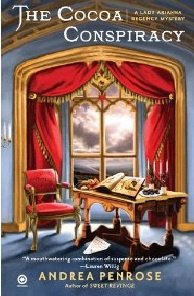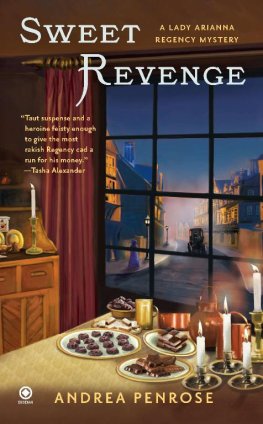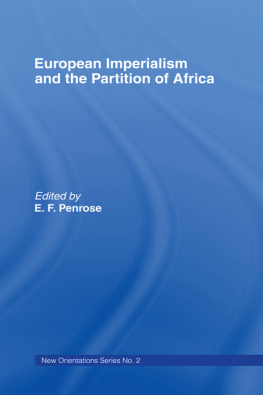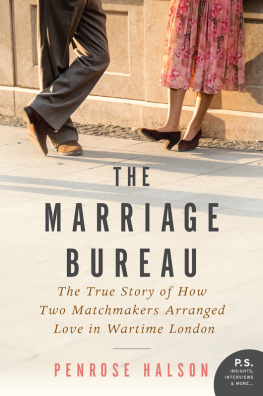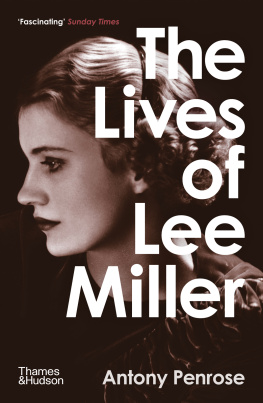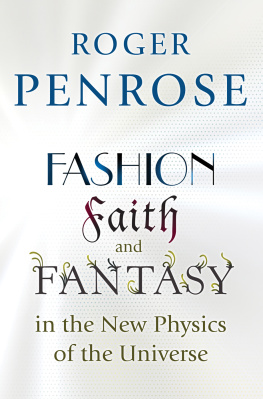

About the Authors
Sir Roland Penrose was born in 1900 and educated in Reading and at Cambridge University. From 1922 until 1936 he lived in France, painting and becoming the friend of surrealist painters and poets. After returning to London, he organized the International Surrealist Exhibition in 1936 and, until 1939, painted and exhibited in London and Paris with the Surrealist Group. After the Second World War (during which he served as a War Office Lecturer in camouflage) he became one of the founders of the Institute of Contemporary Arts in London, of which for many years he was President. He also served on the British Council and the Arts Council, and as a Trustee of the Tate Gallery. He died in 1984, a few months after his friend Joan Mir. Roland Penroses publications include Picasso: His Life and Work, Man Ray, Tpies and Scrapbook 19001981.
Antony Penrose is the son of Roland Penrose and Lee Miller. He grew up at Farley Farm House in Chiddingly, Sussex, where he is now Co-Director of the Lee Miller Archives and The Penrose Collection. Antony Penrose has written numerous books, articles and two plays, including Roland Penrose, The Friendly Surrealist (2001), The Lives of Lee Miller (2012), The Boy Who Bit Picasso (2010) a childrens story about his own childhood friendship with Picasso and Mir and the Magic Animals (2016). He is an artist and filmmaker, as well as a curator and lecturer, and has numerous broadcasting credits to his name.
Eduardo de Benito worked for many years in London as a broadcaster and features presenter for the BBC World Service, and as a London correspondent for Spanish political weeklies. The son of Spanish exiles from Francos regime, he was brought up in Bogot, Mexico City and Paris. He is the author of two books in Spanish and his first novel in English, Only a Little Protocol, was published in 2011. Central American and Caribbean Short Stories was published in 2014.

Joan Mir with the ceramic Green Woman, 1968
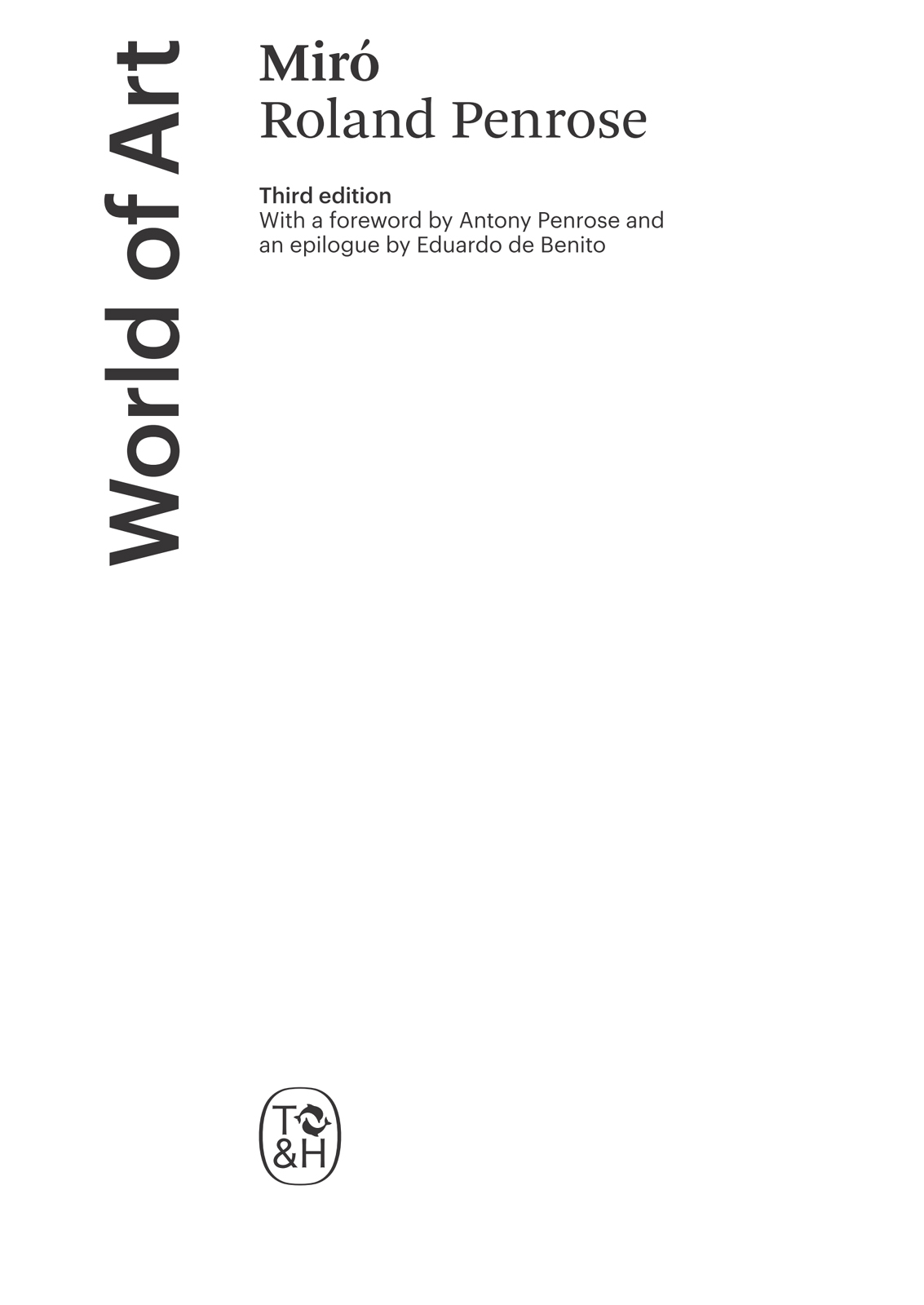
Contents
Antony Penrose
So many key friendships leave little trace of when and how they began, and this is particularly true among the informal socializing of the avant-garde in the early years of the twentieth century. My father, Roland Penrose, and Joan Mir probably first met in 1928. Roland had been living in France since 1922 as a young painter and his early work was strongly influenced by meeting Georges Braque. In going to Paris, he had followed the advice of Roger Fry and it was further Bloomsbury influence that prompted him to go and live in Cassis on the Provence coast. Here he met and married Valentine Bou, a surrealist poet already known to Paul Eluard and Andr Breton. By 1928 they both felt the need to explore the excitement surrealism offered and they bought a flat in Paris, at 8 rue des Saints-Pres on the Rive Gauche, opposite the Louvre. Roland wanted a studio and hearing Max Ernst was about to vacate his, he went to see it.
Roland later wrote:
On my arrival at the rue Tourlaque, Montmartre, with Valentine, we were greatly intrigued by the personality of this blue-eyed young hawk and the paintings from a new world hanging on his studio walls. Among others there was a large white canvas with a message which struck me unforgettably by the simplicity and directness of its union between image and words. Written in a calligraphy that seemed reminiscent of the names painted by Spanish peasants on their carts was the word Photo followed by Ceci est la couleur de mes rves and a large splash of blue on white virgin canvas.It took years for me to find out that the painting of the colour of his dreams was in fact by Mir, at that time Maxs next-door neighbour. ]

Joan Mir and Roland Penrose, Majorca, 1970 (photographed by Lee Miller)
Roland must have been aware of Mirs work and may have seen images published in Andr Bretons July 1925 issue of La Rvolution surrealiste. How he met Mir, who was notoriously private to the point of being reclusive, remains unknown but certainly a friendship developed, perhaps through Max Ernst. Later Roland was to acquire some important paintings by Mir, first through his acquisition of the Belgian collector Ren Gaffs collection and then the Eluard collection. Living at close quarters with Maternity (1924), Head of a Catalan Peasant (1925) and Homage to Nusch (c. 1936) must have immeasurably heightened Rolands appreciation of Mirs work.
Perhaps the early friendship was deepened when Roland went to Barcelona in 1936 to gather information in support of the Republican forces in the Spanish Civil War. In 1938 Mir wrote to Roland asking him to help two of his friends, Antonio Lamolla and Enrique Crous Vidal, held in concentration camps in Spain. A hatred of Franco in particular and Fascism in general served to unite these two gentle and profound men. Mir, enigmatic and deeply spiritual, painted some of the most violent pictures known. Roland, a Quaker pacifist, later joined the British Army. The extreme nature of their actions shows us how passionately they stood for peace, freedom and justice.
Rolands biography of Mir was published in 1970, while Franco was still in power so direct references to the artists politics had to be carefully excluded to avoid getting Mir in trouble with the Spanish Guardia Civil. Franco died in 1975 and very quickly Mirs anti-Fascist feelings found a very public expression through his collaboration with La Claca, a Catalan theatre group led by Joan Baixas and Teresa Calafell. Mir designed the costumes for their fabulous production, Mori el Merma (Death to the Monster).[] The most ghastly monster of all was a vast Ubu Roi figure representing Franco, a bulbous slobbery giant dripping with gore, simultaneously absurd and threatening. Francos wife was played by a woman wearing an impossibly long false nose, surrounded by violent acolytes of the monster who chaotically persecuted five sensitive and vulnerable ferrets, representing the oppressed people.
The work premiered in 1978 in Palma de Mallorca; Barcelona and a world tour followed, which to Rolands delight included Riverside Studios, London. By this time, Roland had extensively interviewed Mir for a BBC2 documentary titled Mir and the Theatre of Dreams, directed by Robin Lough. Mir was wonderfully cooperative, allowing John Hooper the cameraman the intimacy of extreme closeups of his brushwork that convey the intensity with which he worked. Towards the end of the production, the producer Christopher Martin flew to Majorca to show Mir and his wife Pilar the rough cut which, due to technical constraints, had to be projected mute. To their horror Mir was greatly upset by the inclusion of images of the now dead Franco. They were intended to demonstrate what Mir was rebelling against but, without the commentary, he misinterpreted them as implying he admired the Franco regime. It was an anxious moment for Martin, but he managed to convince Mir of the true intention. On release, to everyones delight, the
Next page

